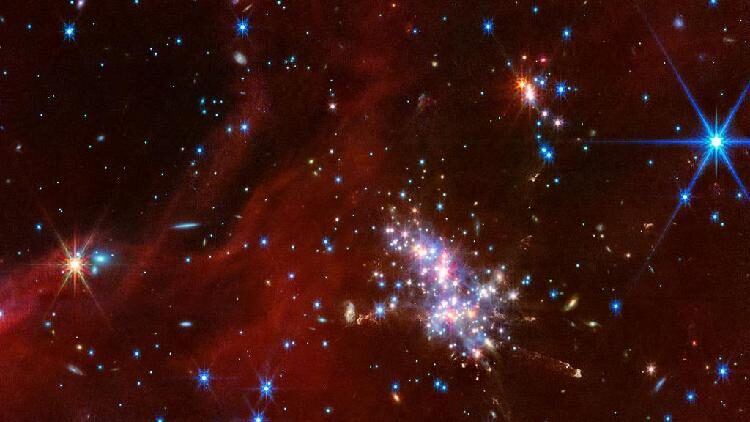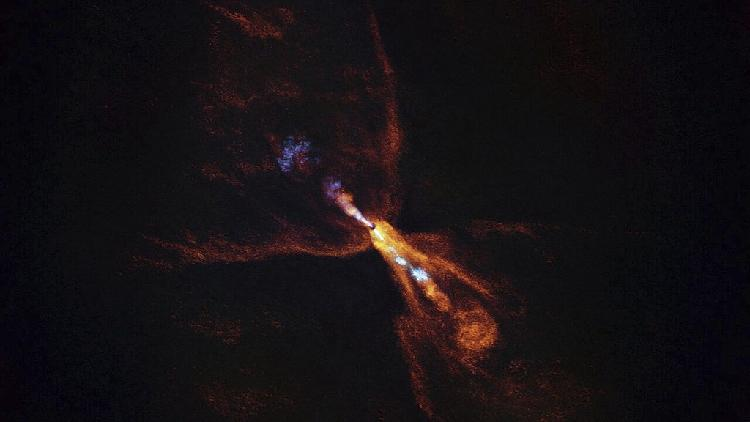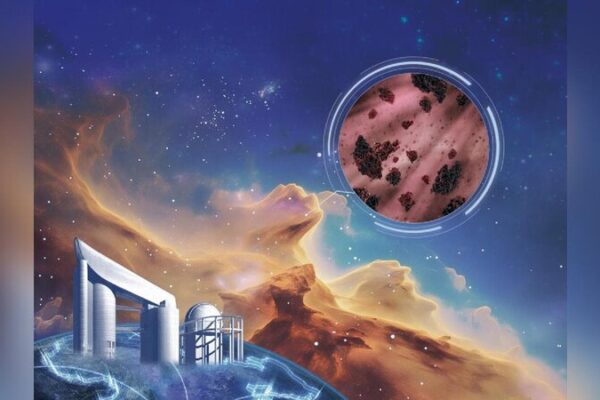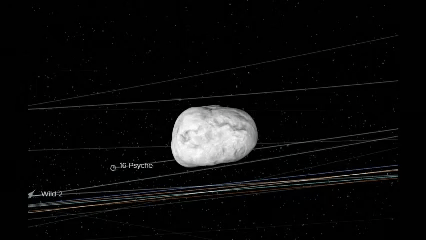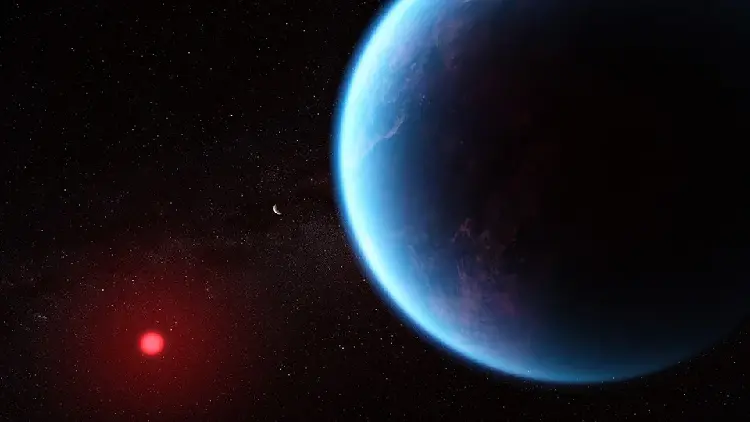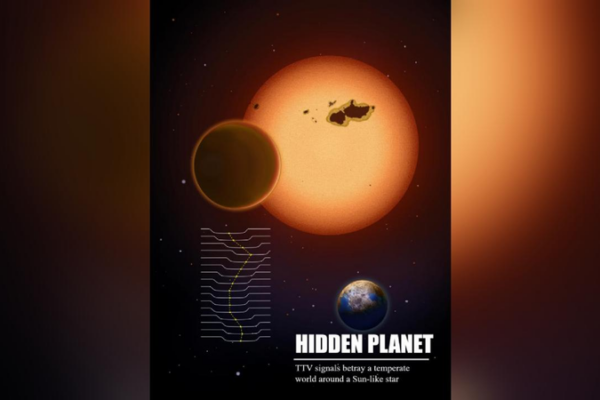Astronomers have made a groundbreaking discovery of a newborn planet that formed in just 3 million years, a blink of an eye in cosmic terms. This surprising finding challenges what we know about how quickly planets can form.
The infant planet, named TIDYE-1b, is estimated to be 10 to 20 times the mass of Earth. It’s one of the youngest planets ever found outside our solar system and orbits a young star that’s set to become an orange dwarf. This star is about 70% the mass of our sun and is located approximately 520 light-years away from Earth in our Milky Way galaxy.
“This discovery confirms that planets can be in a cohesive form within 3 million years, which was previously unclear,” said Madyson Barber, lead author of the study from the University of North Carolina at Chapel Hill. “Earth took 10 to 20 million years to form, so finding a planet that formed so quickly is exciting.”
The planet orbits its star every 8.8 days, much closer than Mercury is to our sun. Interestingly, scientists believe TIDYE-1b formed farther from its star and migrated inward. This challenges previous notions since forming large planets close to a star is difficult due to the rapid dissipation of the protoplanetary disk—the swirling cloud of gas and dust from which planets emerge.
The research team detected the planet using NASA’s Transiting Exoplanet Survey Satellite (TESS) by observing tiny dips in the star’s brightness as the planet passed in front of it. This method, known as the transit method, is a powerful tool for discovering new worlds.
“We didn’t expect to find a transiting planet this young because the surrounding disk would usually block our view,” Barber added. “But the outer disk is warped, giving us a clear window to observe the planet.”
This discovery opens up new questions about how quickly planets can form and the processes involved. It also highlights the importance of studying young planetary systems to better understand our own solar system’s history.
Reference(s):
cgtn.com
